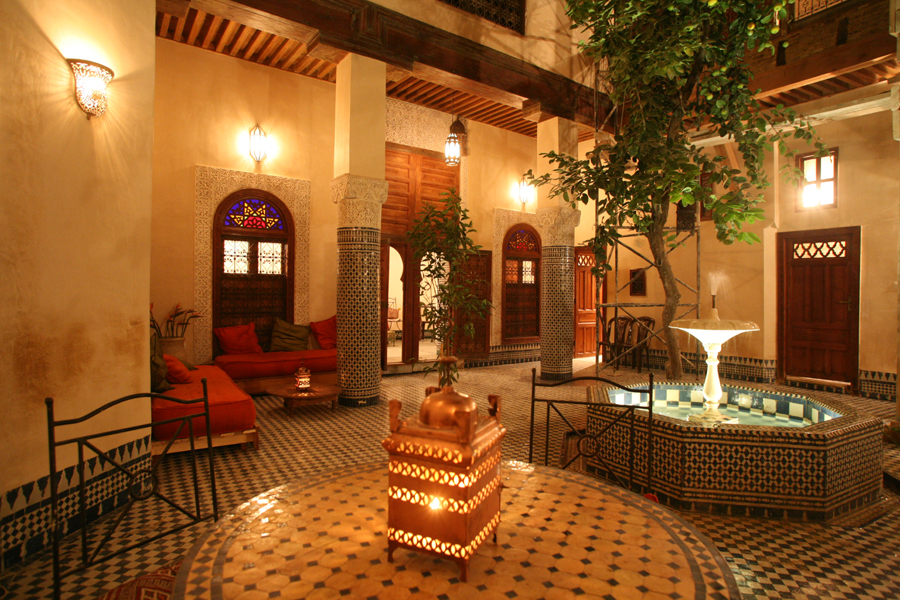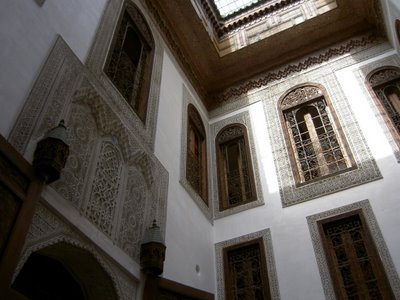Anyone who has attempted a renovation in Morocco will be quick to tell you how difficult it is to find the right team to do the work. Now some of the top craftsmen in the Fez Medina have banded together to provide a superb level of service.
No matter how big or small the job is, the Moroccan Renovations Team have the skills. From electrical cable laying through to fixing a switch, Driss is the man for the job. You want zellij tiles laid or simply repaired? Nouredine is your man. As far as stonemasons go, they don't come more experienced than Mustapha who has worked on some of the most stunning renovations in Fez. Abellkader is renowned for his plaster work and he and his team can do every finish, any colour and carved plaster as well.
The team is lead by the personable Mouaniss who has managed some of the most notable renovations in Fez, including that of Riad Zany - the house at the heart of Suzanna Clarke's worldwide best seller "A House in Fez". In fact the Moroccan Renovations Team all worked on Riad Zany and continue to care for it.
Riad Zany - A Moroccan Renovations project
The Moroccan Renovations team are the preferred restorers for the Fes Riads projects. Fez Riads was set up with the express intention of supporting restoration work in the Fez medina carried out in a private capacity. December 2006 saw the first projects get off the ground, (Fez Riads would like to thank all the guest houses who have contributed a minimum of 2% of clients' accommodation costs to the restoration fund).
A fine example of the collaboration between Moroccan Renovations and Fez Riads is the DERB BOUHAJ FOUNTAIN PROJECT (April 2010)
Before
After!
However after the team went to work it was superbly renovated, much to the pleasure of local residents.
Tags: Morocco Fes, Maghreb renovation


























